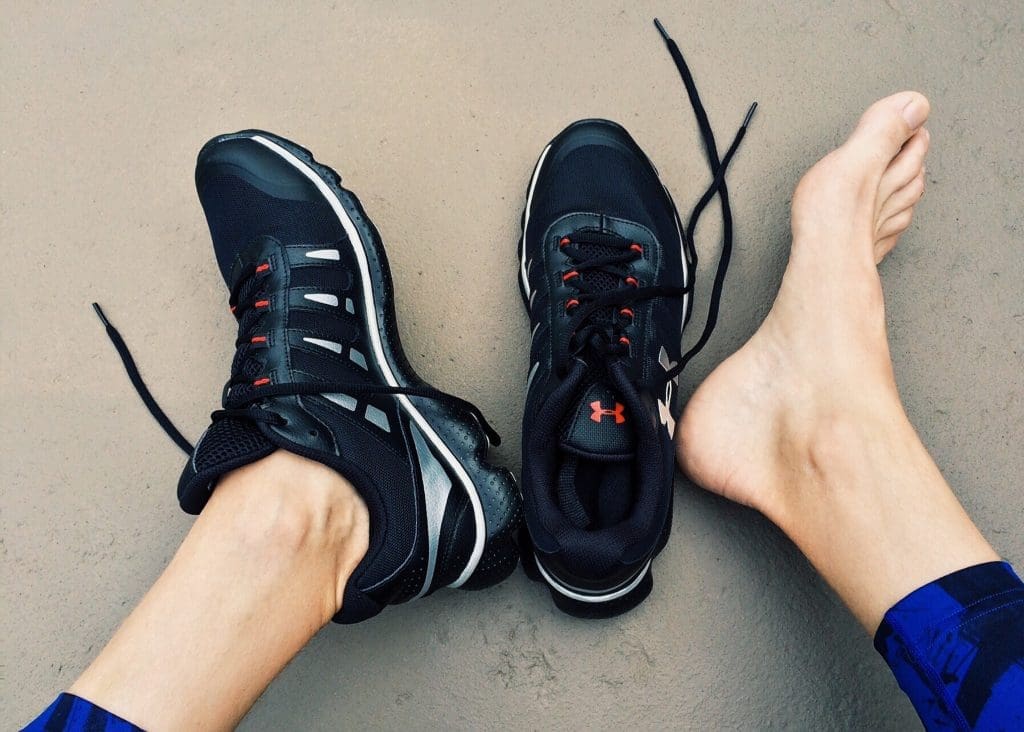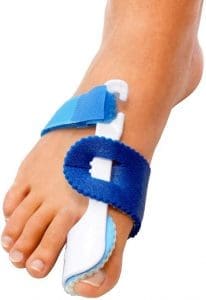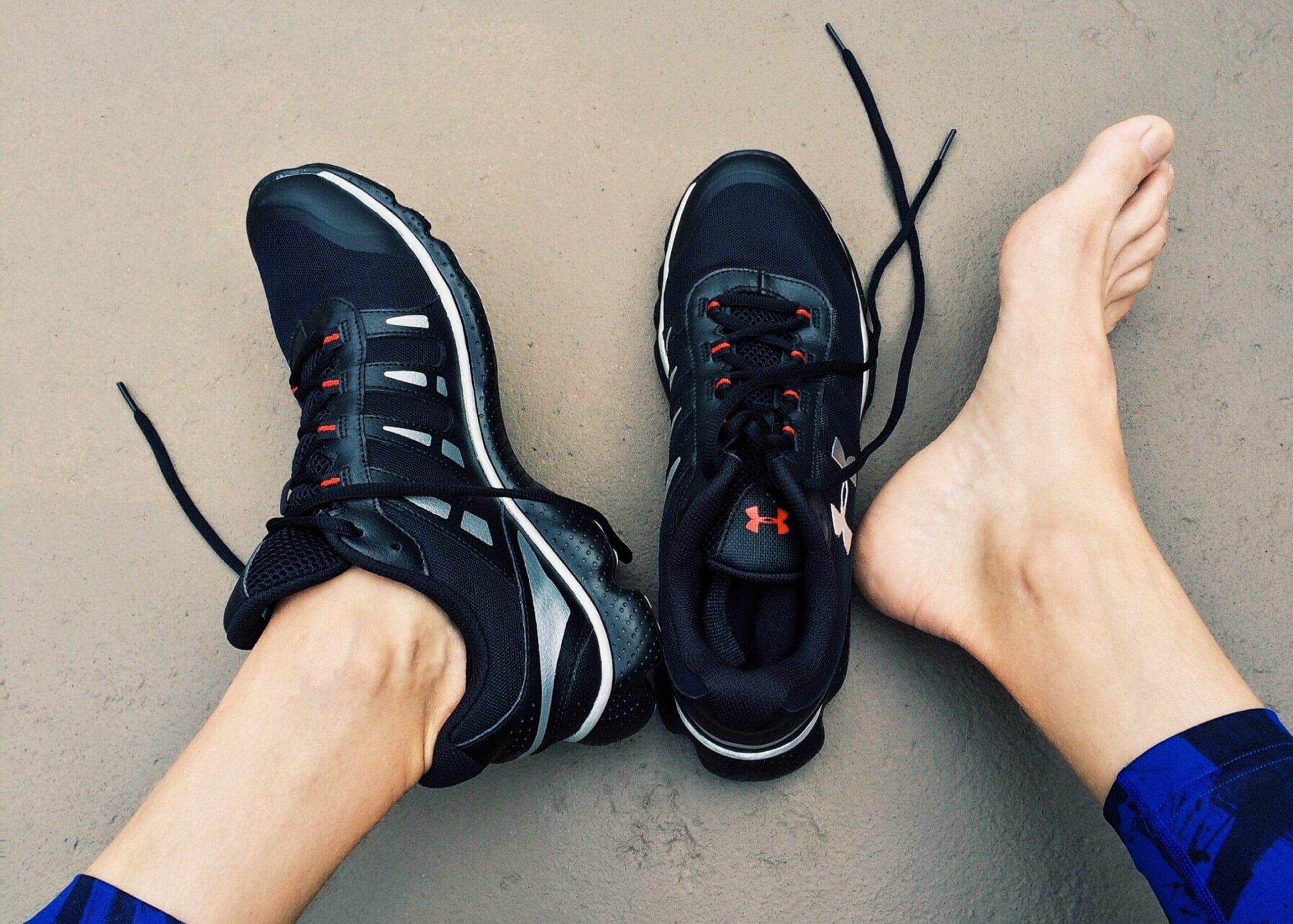How Do Bunion Splints Work?
In many circumstances, bunion splints don’t heal or eliminate a bunion. Despite this, there are many adverts on platforms like QVC, Facebook, and Amazon promoting bunion splints. Today, there are silicone sleeves, toe spacers, and adjustable braces that you can use to splint your bunion into a better state — but the main worry is, do bunion splints work?
A lot of articles and research has been done supporting the fact that they can work, but can they help? When you wear your bunion splint, mostly your toe looks amazing, but why doesn’t it keep that state? You can imagine the little heart toe spacers usually placed in between your toes after they have been done. They space toes out, even making them feel comfortable for a short while, but do they maintain that state after you’ve removed them – no. Some devices will help you stretch the ligaments and tendons out. Additionally, they can help break the scar tissue and aid in a range of movements. There are, however, long term corrections from these devices.

Possible Benefits of Bunion Splints
Here are the potential postoperative benefits of a bunion splint.
- They help maintain the correction process while ligaments, tendons, and bones are healing.
- Bunion splints help stretch out ligaments and tendons
- They help eliminate the scar tissue
- Aid in a wide range of movements
Do Bunion Splints Work?
From an expert point of view, bunion splints play a critical role in maintaining correction, while ligaments, tendons, and bones are healing, emphasizing correction. Despite this, however, a bunion splint doesn’t heal or get rid of a bunion. It is recommended that you use a toe spacer in the healing period for up to three months after surgery. Those that tried bunions splints didn’t succeed in eliminating bunions.
The splints may appear to be working while you have them on, but just like it was mentioned earlier, that feeling won’t stay the same once you remove them. The bunion is mostly caused by something back in your foot, making a bunion splint unable to fix or cure it.


What Causes Bunions?
What causes bunions can usually be investigated and determined upon visiting an expert. They will ascertain why the bunion is occurring and find a way to stop its growth. Research shows that the main cause of bunion has something to do with the way you walk and stand, a trait influenced by natural genetic factors.
How to Treat Bunions Without Bunion Splints
There are some ways you can treat bunions without necessarily using bunion splints. They work best when accompanied by vigorous exercises that will strengthen your muscles responsible for making the toe stronger. They can be used alongside toe separators that help in putting the toes in the right shape.
If you are looking to straighten out your toe or avoiding surgery by fixing the cause of your bunion, take advantage of these alternative foot solutions that will go a long way in treating the bunion.
Heel pain and foot pain bunions don’t have to control your life. Visit a foot expert that’s specialized in foot mobilization acupuncture and podiatry for treatment. There are several treatments and assessment techniques that combine a mixture of major podiatry treatments. Perhaps, to understand more about bunion splints, let’s discuss the types of bunion splints.
Types of Bunion Splints
Soft
The soft bunion splints are mostly composed of soft, lightweight foam that is specially designed to reduce the pressure in your shoe. They also realign the big toe and stretch out toe muscles. These kinds of bunions aren’t effective, especially for severe or moderate bunions; the reason for that is they lack the strength to fix the alignment of the big toe. Soft bunion splints are mostly won at night because they are so good at keeping the feet comfortable.
Rigid
The rigid bunion splints are mostly anatomical in shape. They are immobilization devices that will gradually stretch out the toe muscles and tendons to prevent any further bunion growth. At the same time, they also help guide the big toe towards normal alignment. Their shape has a brace that is used to hold the big toe in place, a process that corrects its position. Its lining is filled with soft foam that is used to relieve pressure mitigation of the bunion pain.
Hinged
This is a combination of rigid and soft bunion splints. One of the most significant advantages of hinged bunion splints is that it allows the big toe to flex when walking around and also adapt to the irritated joint area. In addition to the corrective features of both soft and rigid bunion splints, hinged splints help reduce toe joint strain and make distribution easier. This makes it one of the most sorts after bunion splint.




